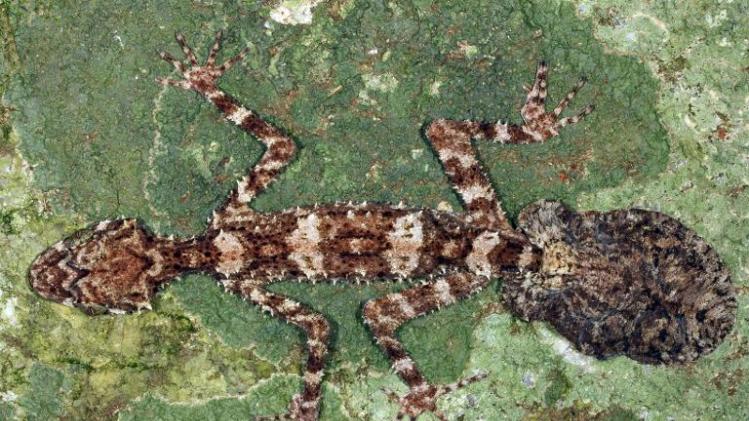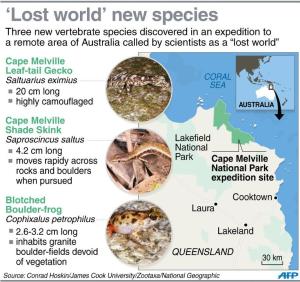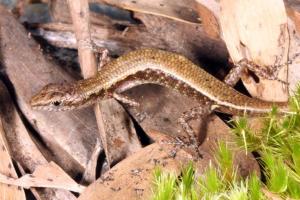By: Jordanna Dulaney
March 05, 2014
Read more at http://news.mongabay.com/2014/0304-dulaney-marsupial-frog.html#iwwFCpx0lcI1k8bG.99
The term "marsupial frog" might sound like a hoax, but, believe it or not, it's real. Recently, herpetologists welcomed a new species, known as Gastrotheca dysprosita and described in the journal Phyllomedusa.
Unlike mammal marsupials, which typically carry their young in pouches on their torsos and are found primarily in Australia, the Gastrotheca genus of frogs, which contains 62 species, is found in the Andes region on South America and sport their pouches on their backs (also called a "dorsal brood pouch"). The female frog's vascular tissue provides oxygen to the eggs, which she carries for three to four months until they hatch as fully-developed froglets and head off on their own.
This most recently described species owes its classification to William Duellman, of the University of Kansas. While announced in June 2013, the story of this frog's discovery really began in 1972 when Fred G. Thompson, a malacologist from the University of Florida, collected the first specimen in the Peruvian Amazon. Thompson brought the mystery frog back to the U.S., and gave it to Duellman to identify and catalog.

An adult male of the species Gastrotheca dysprosita. Photo by W. E. Duellman
The plot thickened when, in 1989, another research group both heard and caught another unidentifiable male in the same region. A second call was heard higher up the mountain, but rainy weather made it impossible to find another specimen.
"The jar containing the holotype [original specimen] of this new species has been gathering dust… I have been trying to clean up loose ends during the preparation of a monograph [a detailed study] on marsupial frogs," Duellman wrote in his article announcing Gastrotheca dysprosita. "Thus, herein I eliminate a loose end by describing a new species."
For his description, Duellman took meticulous measurements of the two frogs' bodies, and compared them to known species. In life, the new species has bumpy, bright green skin with stripes of creamish and brown spots down its back and sides. Duellman describes the iris as a "reddish copper" color. The two individuals were found between 3,370 to 3,440 meters (11,000 to 11,300 feet) on the Cerro Barro Negro, a single mountain in Peru.
Little is known about the behavior patterns of Gastrotheca dysprosita since only two frogs have been found up to this point. Under the IUCN's (the International Union for the Conservation of Nature) guidelines, it's impossible to make a guess at population size because there simply isn't enough data.
Even the name of the frog is mysterious: dysprosita, from the Greek word dysprositos, literally means "hard to find." The name would thus be translated as the "hard-to-find marsupial frog."
"The name reflects the difficulty in finding this elusive frog," Duellman states in the species description.
Citations:
- Duellman, William E. "An Elusive New Species of Marsupial Frog (Anura: Hemiphractidae: Gastrotheca) from the Andes of Northern Peru." Phyllomedusa12.3-11 (2013): n. pag. Web.
Read more at http://news.mongabay.com/2014/0304-dulaney-marsupial-frog.html#iwwFCpx0lcI1k8bG.99























